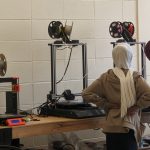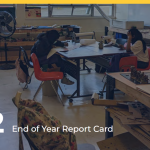
Young Scholars Become Rainforest Experts By Publishing Storybooks
A big part of the work TAF does in public school centers around project-based learning (PBL), but what exactly does that teaching method entail? PBL allows students to purposefully respond to a real-world question and integrate multiple subject areas to learn academic concepts in a holistic way. Project-based learning answers the question: how do we make learning meaningful? Students question the world around them and interact with course content differently every day. Classes connect with community members for their expertise and to inspire students with what their own future careers could look like.
With already full plates, the perception of PBL as extra work can sometimes shy teachers away from PBL. However, rather than being an extra to-do, PBL is a lens through which to deliver lessons. It does not create more lessons; PBL drives existing lessons in a more engaging way.
One of the benefits of project-based learning is the limitless project possibilities; let’s check out one example of project-based learning in action.
This story begins at two of TAF’s TransformED schools, Olympic View Elementary and Brigadoon Elementary —children’s stories, that is. The 5th graders took on the subject of rainforests and sought to answer the driving question: how can we teach people in our community to protect rainforests? To do so, they researched the subject, then created storybooks to showcase their learning and share their newfound knowledge.
Over the course of 3 months this rainforest module covered the impacts of deforestation, as well as the important habitats and resources housed by rainforests. Scholars learned the differences between tropical and temperate rainforests and the animals that live in each. State science and English language standards guided instruction, but student interest also played a big part in learning direction.
Students featured lessons on deforestation and showcased a wide range of creativity when making their books. Some students got right to the point in a few pages, and some took 30 pages to tell their story. There were jaguars, wolves, bears, monkeys, and capybaras, all with lives changed by human impacts on their rainforests. The animal main characters urged humans to stop taking their homes away. There were emotional pleas, highlighting the most beautiful parts of the forest, or animal families struggling to survive under deforestation pressured conditions. Throughout the books, the authors explained which part of the rainforest their characters live in, and what resources they need to thrive.
When the masterpieces were complete, the books were printed and bound. The Bureau of Fearless Ideas provided the book binding, so that students could take home a tangible product of their learning.
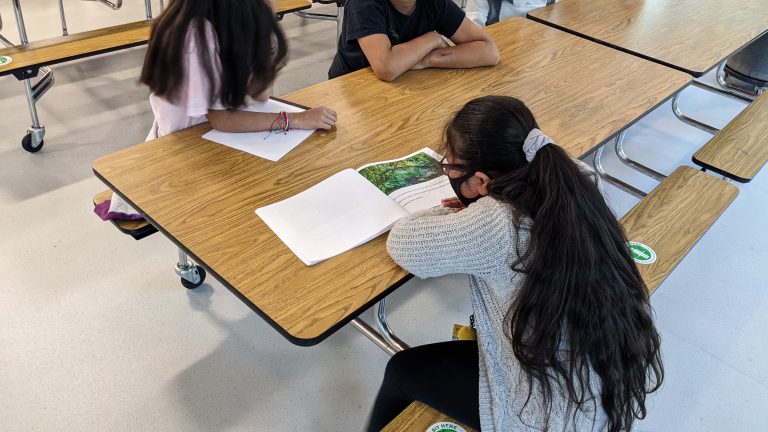
All the knowledge that went into each student’s book was fostered through a range of learning experiences. Students attended virtual field trips to the Pacific Science Center, Woodland Park Zoo, and Olympic National Park. At PacSci, they interacted with rainforests via “ecosystem investigators,” allowing them to alter the ecosystem. Scholars saw the impact of removing an animal, adding too much of a plant, and many other conditions. The national park virtual field trip focused on the Hoh Rainforest, showcasing different animals, habitats, and the overall uniqueness of this PNW temperate rainforest.
From the start of their projects, students knew the goal was to read their books to the 2nd grade class, imparting their knowledge to the younger group. This seemed a daunting task to the 5th graders, many of whom were nervous to present. Students learned the importance of building stories that connect with their audience, balancing the doom and despair of deforestation with meaningful characters and lessons that would resonate with the younger students.
Though the 5th graders were nervous to present, they received rave reviews from their audience. When one author asked for feedback from their reading partner, they got a 10 out of 10. Another 2nd grader said of their partner:
“She’s so smart! She could be our teacher!”
2nd grade participant
There is always an adjustment period with a totally new method of learning, but by the end of a project cycle, both students and teachers are transformed. Students went from nervous to proud. Teachers sought out new projects immediately after completing the rainforest books. One teacher exclaimed, “I can’t go back to the old curriculum, the kids are so much more engaged now!”
Across 5 classrooms, this module varied drastically. Every teacher had the same background info, but each took a different angle. One very art forward class used Canva to create artwork for their books. Teachers takes ownership in different ways.
The Olympic View and Brigadoon STEMbyTAF Transformation Coach, Adrianna Caton, talked about the importance of TAF’s work introducing project-based learning to public schools:
“Doing this by yourself can be scary and overwhelming. Having a person whose job it is to help makes a huge difference. Teachers get lots of agency and are provided the resources they need.”
Adrianna Caton
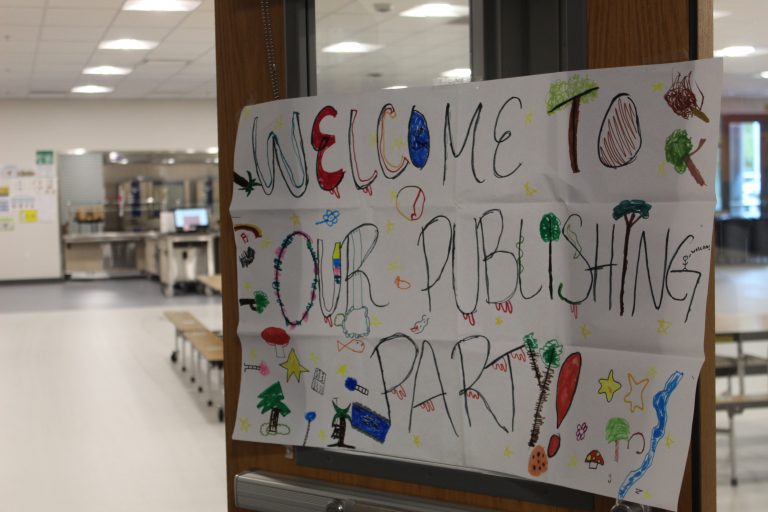
To celebrate the 5th graders’ feat of learning, Olympic View held a publishing party following the presentations to the 2nd graders. Parents and community members were invited to talk to the students about their books. Visitors and students used a bingo sheet to guide their exploration of storybooks. Squares were filled out with challenges to find a student who wrote about habitat loss, drew their pictures by hand, wrote an author’s bio, and several other characteristics.
Project-based learning encouraged these students to be proud of themselves, and tailor their learning to their strengths. One boy reflected in a very professional way:
“This was a really good learning experience for me, it’s not perfect but I’m really excited to bring my book home.”
5th grade participant
This student has dyslexia; under normal instruction, he would have written an essay on his own. With voice to text and extra editing support, his learning was amplified – and he became an author! Project-based learning offers different forms of assessment, molded to the strengths of every student, rather than trying to fit each student into the same mold.


